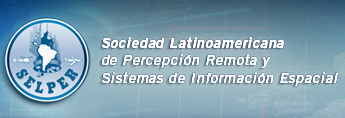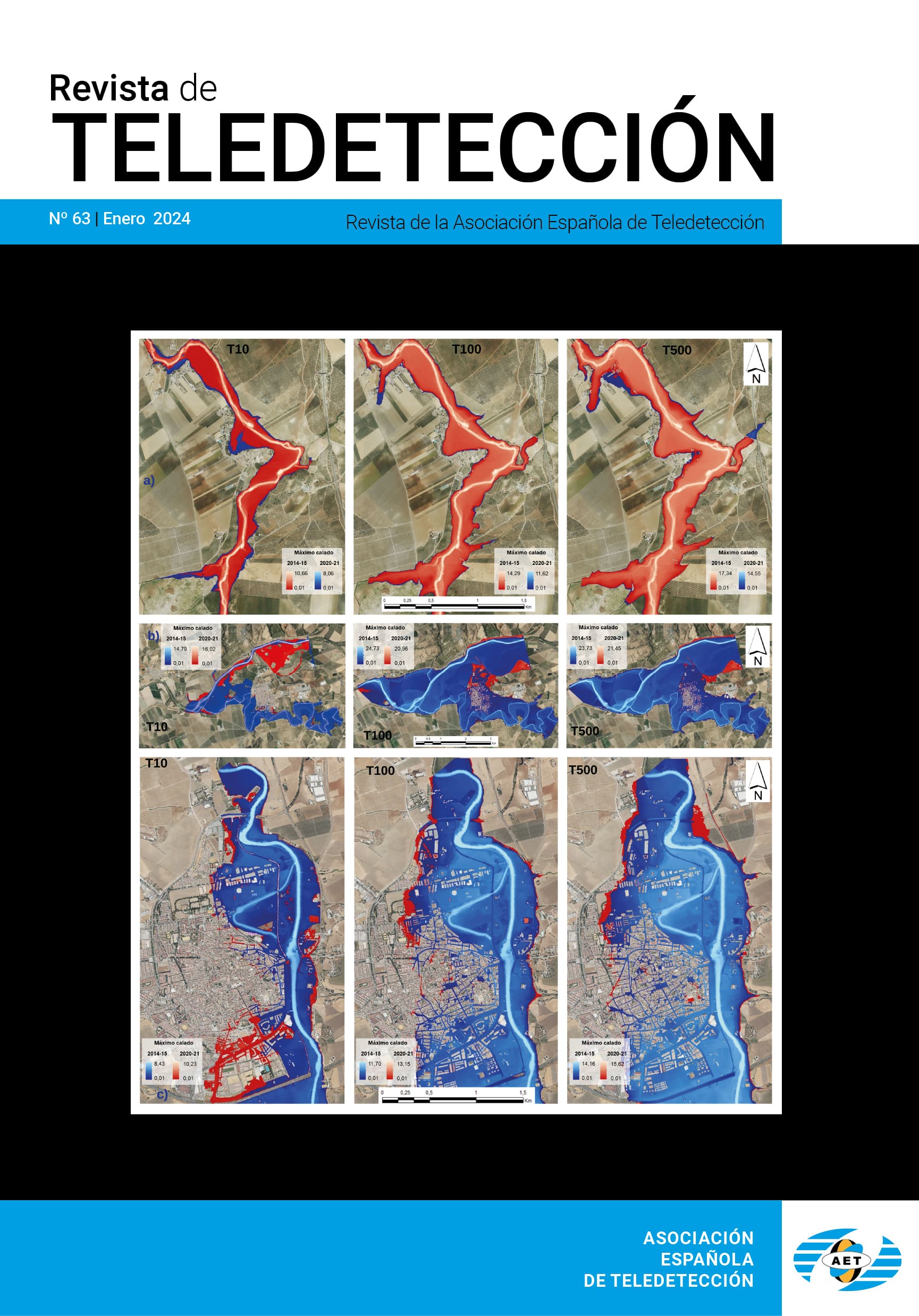Efecto de la atmósfera en la resolución óptica de la Z/I Digital Mapping Camera
L. Martínez (lucar.martinez@icc.cat)
M. E. Soler, F. Pérez y R. Arbiol
RESUMEN
El Institut Cartogràfic de Catalunya (ICC) opera la cámara digital aerotransportada Z/I Digital Mapping Camera (DMC) para diversos trabajos cartográficos. Como todo sistema fotográfico de este mismo tipo la imagen padece una degradación en su resolución debida al sistema formador y al efecto de la atmósfera, por lo que la medida objetiva de la resolución con la cámara va más allá de la dimensión geométrica del píxel y el Ground Sampling Distance (GSD). En este trabajo se analiza la fracción de pérdida de resolución que causa la atmósfera en función de las condiciones atmosféricas. Para estimar la resolución se emplea una reconstrucción de la Función de Dispersión del Borde (Edge Spread Function, ESF) para obtener la Función de Dispersión de la Línea (Line Spread Function, LSF), cuyo Full Width at Half Maximum (FWHM) proporciona un valor de resolución en magnitud píxel. Para simular la atmosfera se ha aplicado el código de transferencia radiativa Second Simulation of the Satellite Signal in the Solar Spectrum (6S) para el que se han considerado variaciones en los modelos de atmósfera, aerosoles y geometrías de iluminación-observación para el rango espectral de la DMC. La metodología descrita ha sido aplicada a un blanco radiométrico construido como un escalón radiométrico en las campañas de calibración del ICC en el área de Banyoles (España). Una imagen sintética del mismo ha sido procesada con la simulación atmosférica y posteriormente analizada para obtener la pérdida de resolución debida exclusivamente a la atmósfera. Los resultados de las simulaciones muestran una elevada dependencia con el tipo y cantidad de aerosol, y también son compatibles con la medida de resolución de la imagen real del blanco tomada por la cámara.
PALABRAS CLAVE: resolución, función de dispersión de línea, función de dispersión de escalón, atmósfera,
DMC.
ABSTRACT
The Institut Cartogràfic de Catalunya (ICC) operates the airborne digital camera Z/I Digital Mapping Camera (DMC) for cartographic purposes. This imaging system suffers from certain resolution degradation due to both the optical system and the atmosphere. Therefore, real resolution of the camera is different from purely geometrical pixel size and the Ground Sampling Distance (GSD). In this work, camera resolution loss caused by the atmosphere as a function of the atmospheric radiative conditions is analysed. The resolution in pixel units is evaluated as the Full Width at Half Maximum (FWHM)of the Line Spread Function (LSF) computed from a reconstruction of the Edge Spread Function (ESF). The Second Simulation of the Satellite Signal in the Solar Spectrum (6S) radiative transfer code is used to simulate the atmosphere. Atmosphere type, aerosol model and total load, illumination and observation geometries and spectral range are taken into account when computing simulations. The described methodology has been applied to an edge radiometric target at ICC test site on Banyoles (Spain) area. A synthetic image of the edge has been processed with the atmospheric simulations and then its resolution analysed to obtain the resolution loss caused by the atmosphere. The simulations results show a high correlation between resolution loss and aerosol model and total load. The results are also compatible with the resolution measures on the real image taken with the camera.
KEYWORDS: resolution, Line Spread Function, Edge Spread Function, atmosphere, DMC.
PULSE AQUI PARA DESCARGAR EL ARTÍCULO COMPLETO








